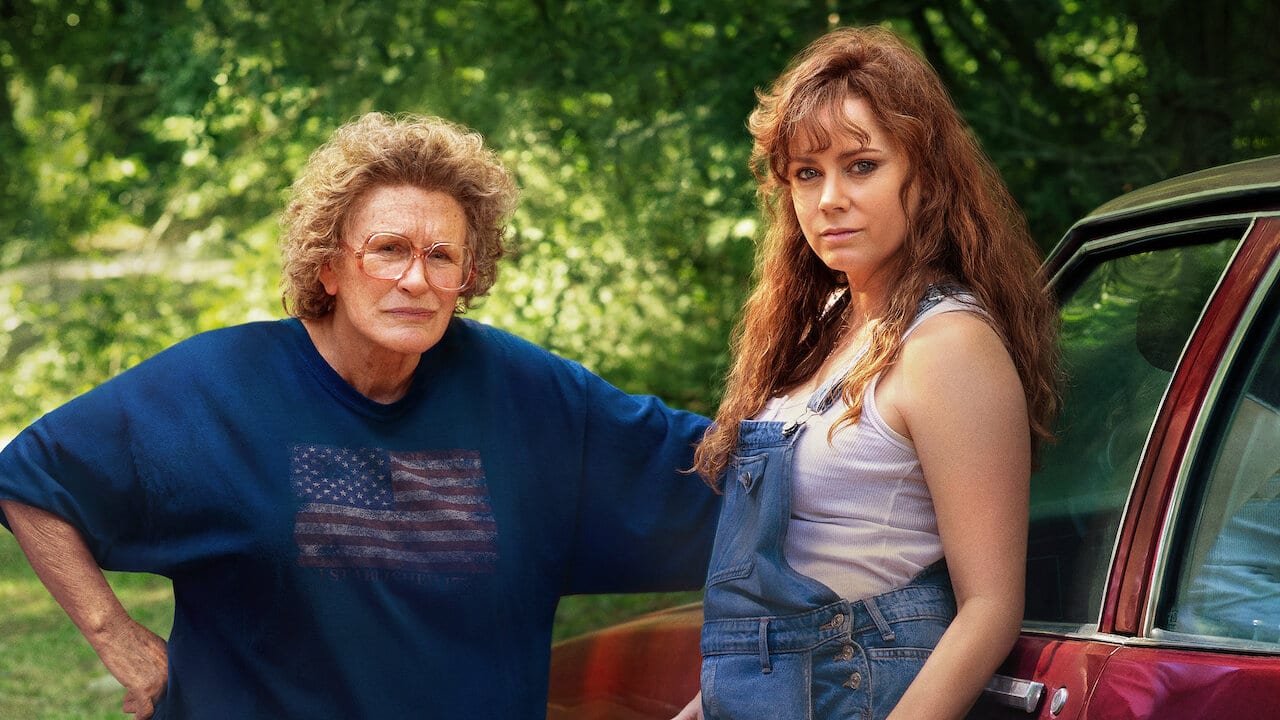Hillbilly Elegy Movie Adaptation

Hillbilly elegy movie – The movie adaptation of J.D. Vance’s memoir, “Hillbilly Elegy,” has sparked discussion about its portrayal of the Vance family and their struggles in Appalachia. While the movie remains faithful to the book’s core themes, there are some key differences that have drawn attention.
Movie’s Portrayal of the Vance Family, Hillbilly elegy movie
The movie depicts the Vance family as complex and flawed, with each member facing their own challenges. The portrayal of J.D.’s mother, Bev, has been particularly controversial, with some critics arguing that the movie oversimplifies her struggles with addiction and mental illness. However, others have praised Amy Adams’ performance as Bev, noting that it captures the complexities of a woman who is both loving and self-destructive.
Effectiveness of Casting and Acting Performances
The casting and acting performances in the movie have been widely praised. Gabriel Basso delivers a nuanced performance as J.D., capturing both his resilience and his inner turmoil. Glenn Close is also excellent as Mamaw, J.D.’s grandmother who provides stability and guidance throughout his life. The ensemble cast, which includes Haley Bennett, Freida Pinto, and Bo Hopkins, also delivers strong performances.
Cinematic Techniques in Hillbilly Elegy: Hillbilly Elegy Movie

Hillbilly Elegy is a 2020 American drama film directed by Ron Howard and starring Amy Adams, Glenn Close, and Gabriel Basso. The film is based on the 2016 memoir of the same name by J. D. Vance. The film follows Vance, a Yale Law School graduate, as he returns to his hometown in rural Ohio to deal with his family’s struggles with addiction and poverty.
The film uses a variety of cinematic techniques to convey the protagonist’s perspective and to create a sense of authenticity. These techniques include cinematography, editing, and sound design.
Cinematography
The film’s cinematography is characterized by its use of natural light and handheld cameras. This gives the film a documentary-like feel, which helps to create a sense of realism. The film also uses a lot of close-ups, which helps to focus the audience’s attention on the characters and their emotions.
Editing
The film’s editing is fast-paced and dynamic, which helps to create a sense of urgency and tension. The film also uses a lot of flashbacks, which help to provide context for the characters’ present-day struggles.
Sound Design
The film’s sound design is very effective in creating a sense of atmosphere. The film uses a lot of ambient noise, such as the sound of crickets and birds, to create a sense of place. The film also uses a lot of music, which helps to set the mood and to convey the characters’ emotions.
Voiceover
The film uses voiceover to convey the protagonist’s thoughts and feelings. This helps to provide insight into the protagonist’s character and to create a sense of empathy with the audience.
Visual Style
The film’s visual style is characterized by its use of muted colors and bleak landscapes. This helps to create a sense of hopelessness and despair. The film also uses a lot of symbolism, such as the use of fire and water, to convey the characters’ struggles.